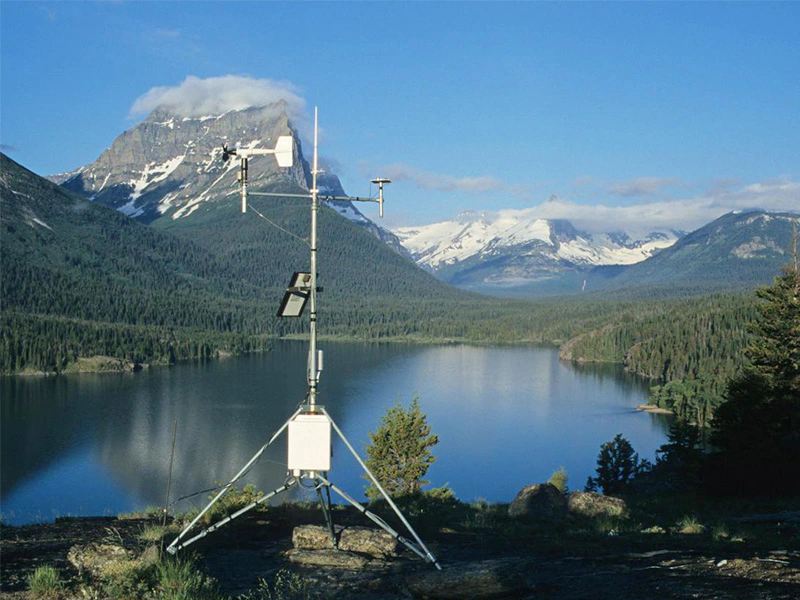
# Meteorological Station: Definition and Functions
## What is a Meteorological Station?
A meteorological station, also known as a weather station, is a facility equipped with instruments and devices designed to observe and record atmospheric conditions. These stations play a crucial role in weather forecasting, climate research, and environmental monitoring.
Meteorological stations can vary in size and complexity, ranging from simple backyard weather stations to sophisticated facilities operated by national weather services. They collect data on various atmospheric parameters that help scientists understand weather patterns and predict future conditions.
## Key Components of a Meteorological Station
### 1. Temperature Measurement Devices
Meteorological stations typically include thermometers to measure air temperature. These may be traditional liquid-in-glass thermometers or more modern electronic sensors.
### 2. Humidity Sensors
Hygrometers measure the amount of water vapor in the air, providing important data about humidity levels that affect weather patterns and human comfort.
### 3. Atmospheric Pressure Instruments
Barometers track atmospheric pressure changes, which are crucial for predicting weather system movements and potential storms.
### 4. Wind Measurement Equipment
Anemometers measure wind speed, while wind vanes determine wind direction – both essential for understanding weather systems and forecasting.
### 5. Precipitation Gauges
These devices measure the amount of rainfall or snowfall, helping to monitor water resources and predict potential flooding.
## Functions of Meteorological Stations
### Weather Forecasting
The primary function of meteorological stations is to provide data for weather forecasting. By collecting and analyzing atmospheric data, meteorologists can predict weather patterns and issue warnings for severe conditions.
### Climate Monitoring
Long-term data collected by weather stations helps scientists track climate changes, identify trends, and study global warming patterns.
### Agricultural Support
Farmers rely on weather station data to make decisions about planting, irrigation, and harvesting, helping to optimize agricultural production.
### Aviation Safety
Airports maintain meteorological stations to provide pilots with critical weather information for safe takeoffs, landings, and flight planning.
### Disaster Prevention
By monitoring atmospheric conditions, weather stations can help predict and provide early warnings for natural disasters like hurricanes, tornadoes, and floods.
## Types of Meteorological Stations
### Surface Weather Stations
These are the most common type, located at ground level to measure conditions at the Earth’s surface.
### Upper-Air Stations
Using weather balloons and radiosondes, these stations collect data about atmospheric conditions at higher altitudes.
### Automated Weather Stations
Modern stations often operate automatically, transmitting data in real-time without constant human supervision.
### Mobile Weather Stations
These portable units can be deployed temporarily in areas needing special monitoring or during field research projects.
## Importance of Meteorological Data
The information collected by meteorological stations serves numerous purposes beyond weather prediction. It’s used by:
- Energy companies for load forecasting
- Construction firms for project planning
- Event organizers for scheduling outdoor activities
- Health organizations for disease prevention
- Military operations for strategic planning
As technology advances, meteorological stations continue to become more sophisticated, providing increasingly accurate and detailed data that benefits nearly every aspect of modern life.
Keyword: what is meteorological station